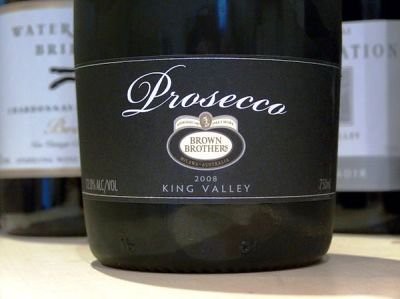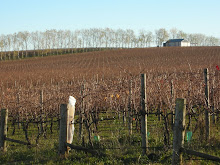
We recently had a meal at the
Antica Bottega dei Vini in Verona, set up as a restaurant, and wine and food shop in Verona’s centre. You can also find a
Bottega del Vino in New York, remarkably similar in its style, though I’ve never eaten there, so that’s extent of my comments on the New York arm of the business.
I had previously eaten at the Bottega dei Vini in Verona a few years ago and as the experience was positive, I was keen to go back. I also wanted a slightly up-market restaurant as we had guests with us and it seemed the place we could impress a little while enjoying a good meal.
To say the visit was disappointing would be an exaggeration. We had a good meal, managed to navigate our way around the enormous wine list (more and less) and paid what we had expected for four people.
There were a couple of downfalls, though: our guests didn’t know much about Italian wine so ordering something “from the region” and then attempting to explain they were all native grapes, and not cabernet sauvignon, merlot or chardonnay was not easy.
We had a
Valpolicella Ripasso as I was caught between choosing a classic wine (say a Bardolino Superiore) and something more geared toward new world, international tastes. The explanation got very long winded though, when I had to start at grape varieties, moving through what Amarone is, and then to Ripasso. Our guests, rightly so perhaps, had already lost interest.
I also made the error of not requesting advice from the wine waiter or sommelier, so we could have had something perhaps more adequate and exciting. In addition, I’ve decided any attempts to budget in a place like the Bottega Dei Vini is best left at the door. We spent 30 euros on the wine as it was, and it was one of the cheapest on the menu.
The major disappointment was that despite my intrepid navigating through the enormous wine list, the restaurant then didn’t even have the one I ordered. And so the head waiter or wine waiter said, “I don’t have that one, will this do?” and promptly plonked a different bottle on the table. He was not overly friendly towards my request of the vintage (two years younger than the previous bottle requested), and not knowing what to do, I accepted it.
The wine was okay, and I have no way of knowing whether the first bottle I had ordered was any better, but it’s a lesson in stock for the restaurant. There’s no point in having hundreds of labels on the list if then they’re not subsequently available. And a more elegant way of suggesting a second bottle would certainly have been appreciated.
The big problem came down to comparing the meal we had there at 236 euros, compared to the 100 euros for four people we spent at “
Il cielo di Biancaneve” the night before: great food, friendly service, and a wine we liked better (still a Ripasso) at only 20 euros. Thoroughly recommended.
For more information (in Italian) on Valpolicella Ripasso, also known as "Baby Amarone" or "Super Valpolicella" see "
Berevino" and "
Tigulliovino".
Labels: Antica Bottega Dei Vini, Italy restaurants, valpolicella, Valpolicella ripasso, Veneto wines, Verona, Verona restaurants






